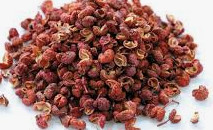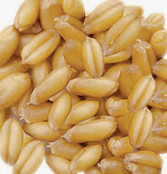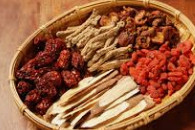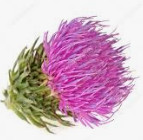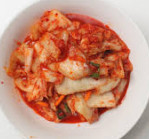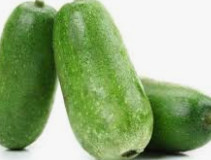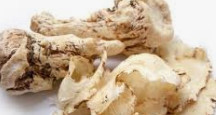Abstract: In order to improve the microwave drying equipment in the production of instant mushrooms, the effects of microwave power and load on the microwave drying of instant mushrooms were studied. The microwave drying characteristics of edible fungi were studied. The effect of water content on sensory quality of edible fungi was discussed.

The optimum water content of edible fungi was obtained. The kinetic model of microwave drying of edible fungi was studied. DPS software was used to fit the fitting data, and the fitting equation was obtained according to the law of microwave drying of mushrooms. The effect is good, which provides a theoretical basis for the production of edible fungi.

